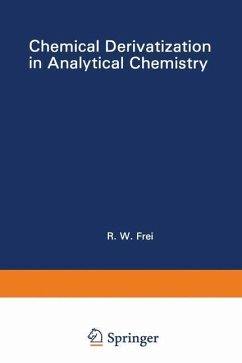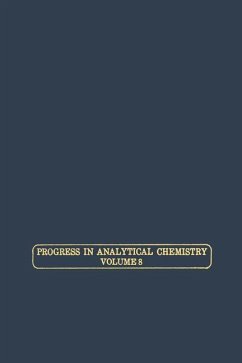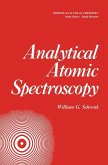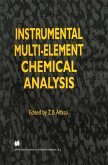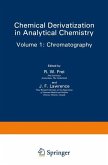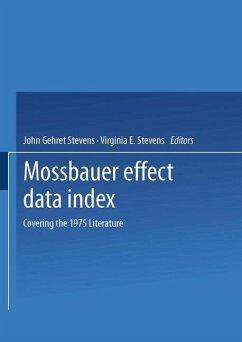With the second volume in this senes we have continued the theme of Volume 1 and expanded more generally into separation and continuous flow techniques. The first chapter gives an account on flow injection analysis. Thi~ technique has gained considerable interest in the recent past and offers many facets of the use of chemistry in automated analysis procedures. One of these facets is certainly also the use of ion-pairing reactions, and we have been fortunate to get two well-known experts to treat this subject. The use of ion-pairing techniques is being discussed from a batch extraction (sample handling) point of view as well as for flow injection and chromato graphic purposes. Immobilized enzymes are another area of major attention and their multidirectional use in analytical chemistry is illuminated in Chapter 3 with special emphasis on their use in connection with liquid chromatography. Needless to say, similar techniques have also found their way into con tinuous-flow methodology (Auto-Analyzers) and many of the aspects dis cussed in Chapter 3 are adaptable to this end. The need and recent urgency for separation of optical isomers in many areas, particularly pharmaceutical and clinical analysis, has spurred a flurry of activity in this special section of chromatography. The current status of the field of optical isomer separation is competently reviewed in Chapter 4. Again this is a typical area wherein it is the proper use of chemistry that finally delivers a solution. The last two chapters deal with precolumn or prechromatographic derivatization techniques.

